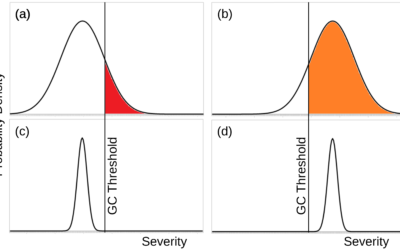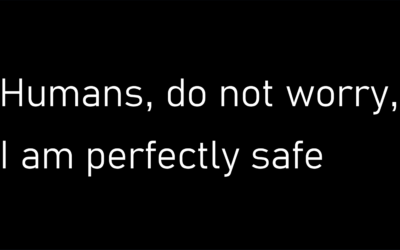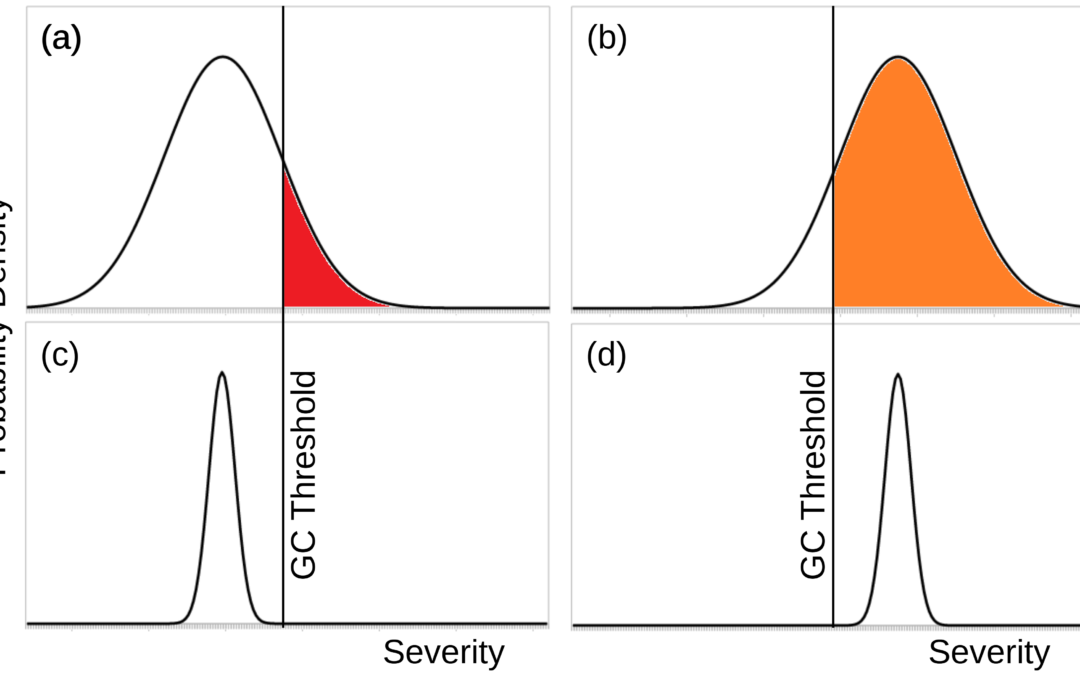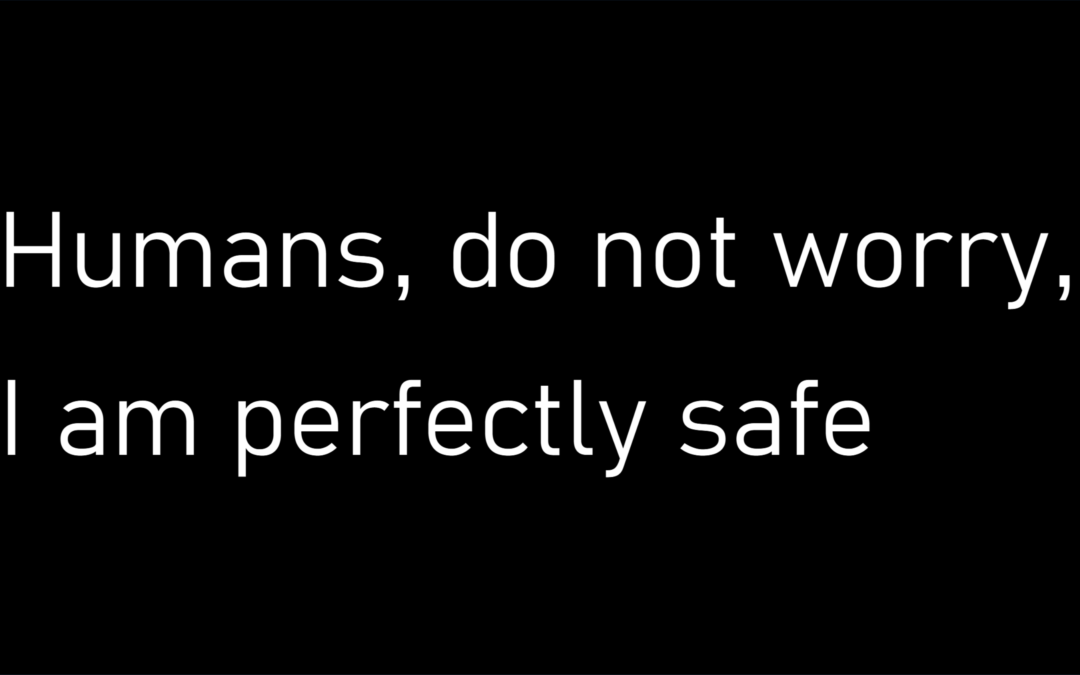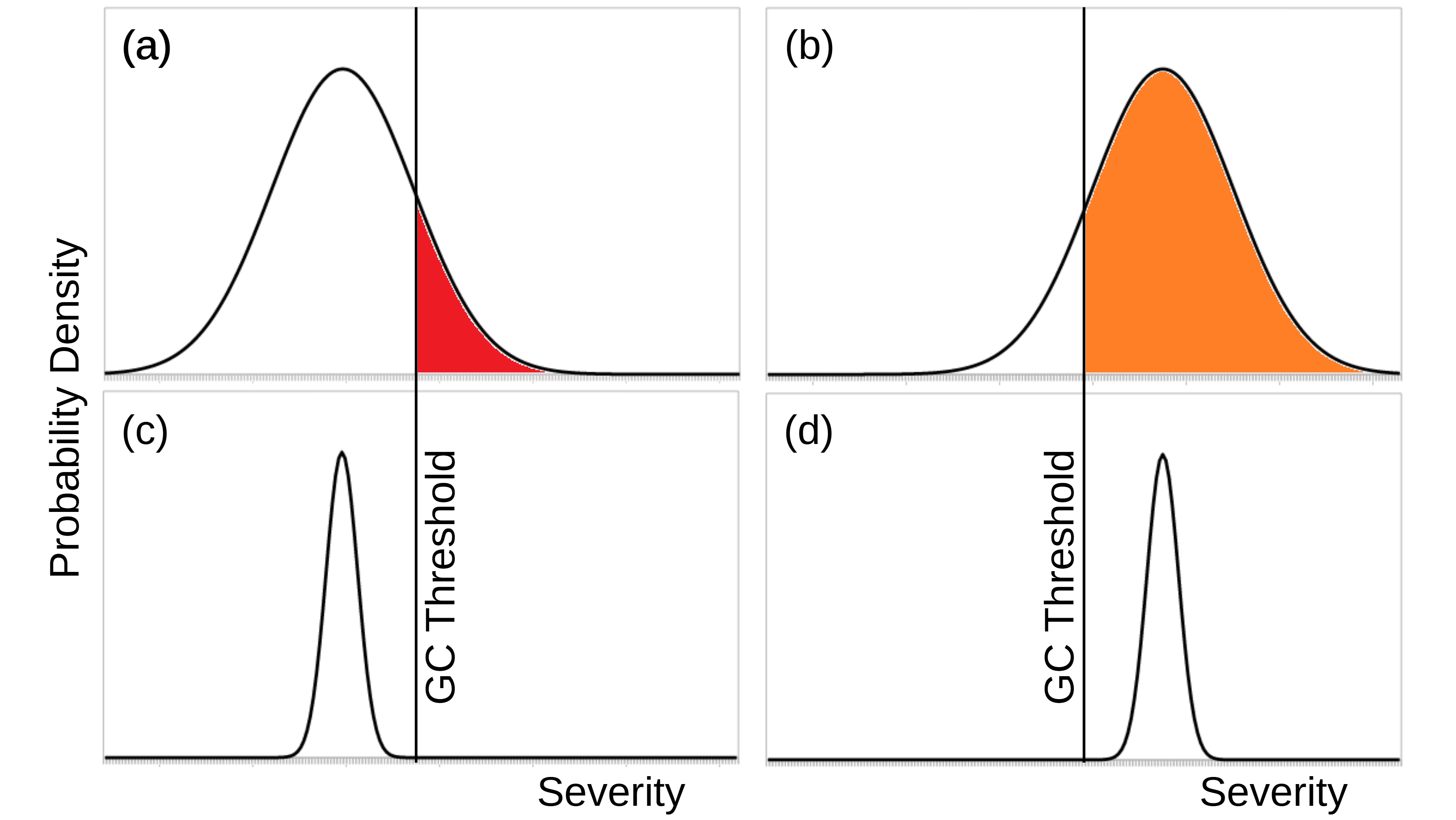View in the Bulletin of Atomic Scientists
This article discusses the looming threat of nuclear war via the symbolism of the black swan—something that seems impossible, but still exists.
The article begins as follows:
Several centuries ago in England, the black swan was a popular symbol for the impossible because no such creature had ever been seen. Then came the surprise: Black swans were discovered in Australia. Since then, the bird has symbolized that which seems impossible but can in fact occur. The black swan reminds us that believing something cannot happen is often just a failure of imagination.
Parts of society today hold the same view of nuclear war that society in England did of black swans centuries ago: No nuclear war has ever been observed, so it may seem impossible that one would occur. Though nations possess some 16,000 nuclear warheads, deterrence just seems to work. And so, especially with the Cold War a fading memory, attention has shifted elsewhere. But it is just as much of a mistake to think that nuclear war couldn’t happen now as it was to think that black swans couldn’t exist back then.
It is true that, in any given year, nuclear war is unlikely, but the chance of it happening is not zero. Stanford professor emeritus Martin Hellman has a great way of explaining the risk. He compares it to a coin of unknown bias, flipped once a year for every year since the first Soviet nuclear weapon test in 1949. For 65 years, the coin has always landed on heads. If the coin had always landed flat on heads, we might think the probability of tails was close to zero. But in some years, the coin has teetered on its edge before falling on heads. Given this, should we still think the probability is near zero?
The remainder of the article is available in the Bulletin of Atomic Scientists.
Image credit: fir0002
This blog post was published on 28 July 2020 as part of a website overhaul and backdated to reflect the time of the publication of the work referenced here.


